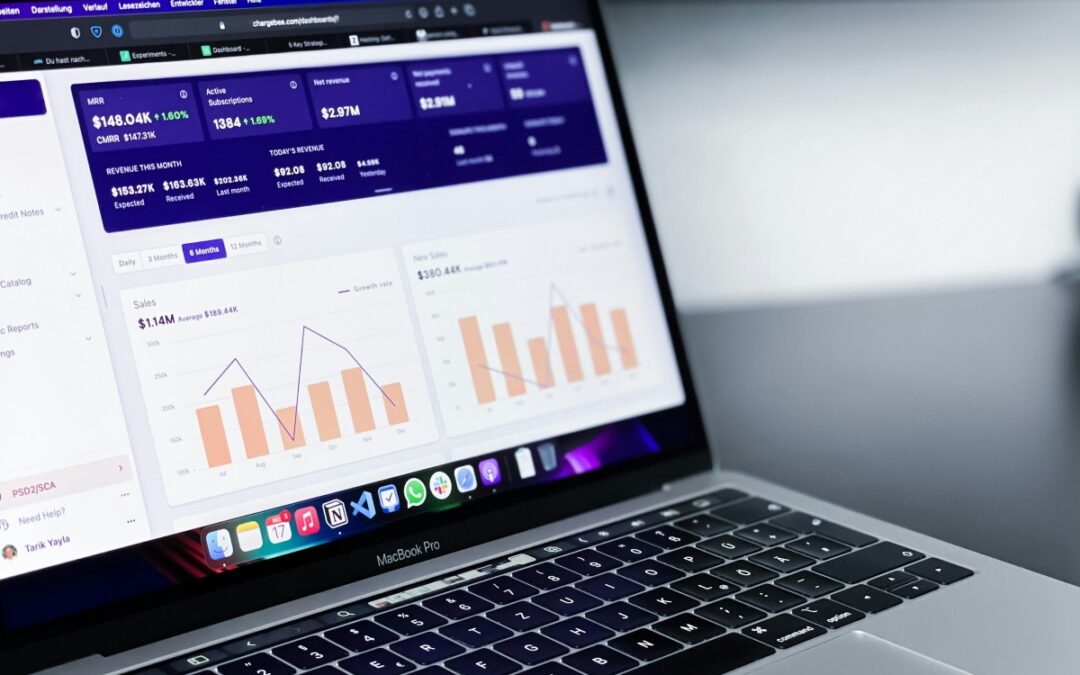
Keeping Your Business Cash Liquid
The foundational goal of any business is to make a profit.
As a business owner, that’s one of your key financial aims – to make enough sales, at a big enough margin, to generate profit from your enterprise. But how does profit differ from cashflow? And why is cash king?
How do profit and cashflow differ?
To really understand the difference between generating profit and managing cashflow, we need to look at what both these terms mean. You might think that delving into the accounts is a job for your adviser, but being in control of your profit and cashflow is an invaluable business skill.
Let’s take a look at the differences:
-
- What is profit? – Profit is the surplus that’s left from your income once you’ve paid your expenses, supplier bills and tax etc. It’s driven by creating a profit margin and generating value from your products and/or services.
- What is cashflow? – Cashflow is the ongoing process of ensuring that the business has the available cash (or ‘liquid’ cash) needed to operate. This provides the money needed to trade, to pay suppliers, to cover wages or to buy raw materials etc.
Why is positive cashflow so important?
‘Cash is king!’ may be a cliche these days, but it’s a maxim which underpins any successful business model. Yes, it’s great to make a profit at year-end, but if you don’t look after your cashflow then the business may not survive as long as the end of the year.
What’s needed is good cashflow management to enhance your financial health. And without a careful eye on your cash numbers, things can quickly go awry.
A business can generate high revenues and big profits but still be cashflow poor. In other words, it can have profits at the end of the period but have very little liquid cash to fund it’s day-to-day operations over the course of the period.
Improving your cashflow management
Good cashflow management is all about being in control of your cash inflows (income you’re generating) and your cash outflows (what you’re spending).
To achieve ‘positive cashflow’ you need to proactively work to keep your inflows higher than your outflows.
As your adviser, we’ll help you set up detailed cashflow reporting and forecasting, so you can keep the business in that ideal positive cashflow position. And we’ll also look at key steps for keeping your revenues high, margins profitable and meeting your financial targets.
The following content was originally published by BOMA. We have updated some of this article for our readers.




